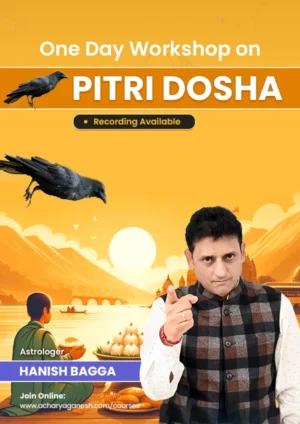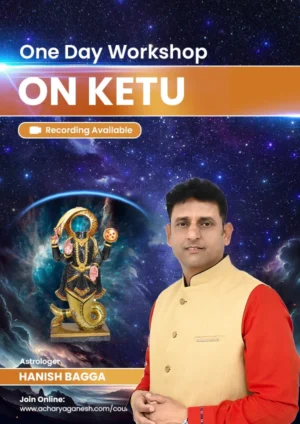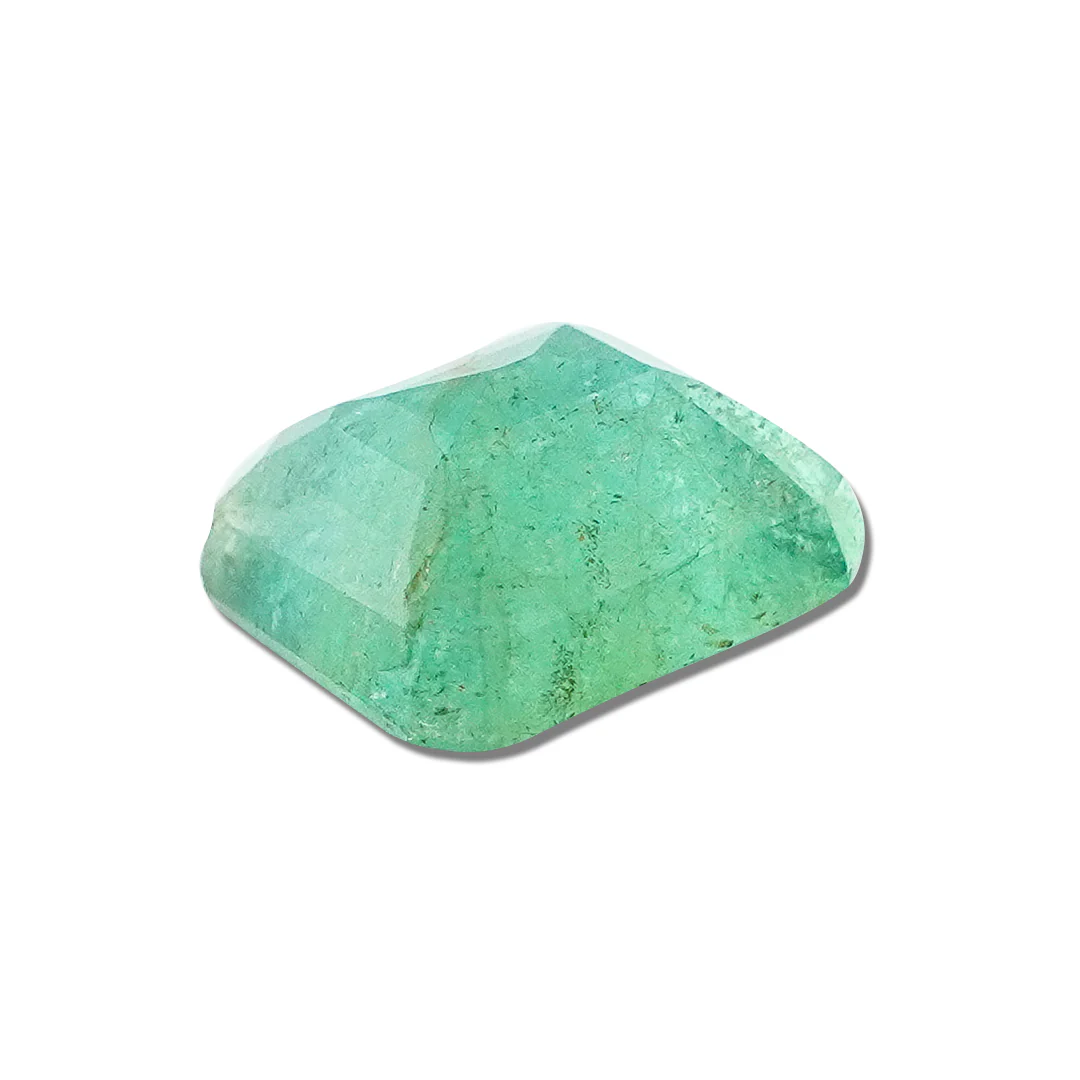Gangaur:
Many regions of Rajasthan, Gujarat, Madhya Pradesh, and Haryana commemorate Gauri Tritiya, also called Gangaur. The Hindu calendar celebrates Gangaur on Shukla Paksha Tritiya, which falls in the month of Chaitra. Several parts of the nation, primarily Haryana, Rajasthan, Madhya Pradesh, and Uttar Pradesh, celebrate the occasion. Braj also celebrates this festival with great popularity. Gana is Lord Shiva, and Gaur is Mata Parvati in the name Gangaur. On this day, all ladies adore this divine couple in hopes that their husbands may live long lives. Another name for this day is Saubhagya Teej. It is celebrated on Sat, 15 Mar, 2025 – Mon, 31 Mar, 2025.
The importance of the festivities
Gauri Puja, also known as Gangaur Puja, is a Hindu festival largely dedicated to the worship of Goddess Parvati, who represents marital love, courage, excellence, strength, and courage in Hindu mythology. During these eighteen-day celebrations, married women offer prayers to Goddess Parvati for the prosperity, longevity, and well-being of their husbands.According to tradition, females who participate in the Gangaur puja marry desirable men.
The belief holds that during Gangaur, Goddess Parvati visits her parents’ home to grant her friends the blessings of a happy marriage. So, on the final day of festivities, Goddess Parvati and Lord Shiva, who had come to escort her, are given a spectacular farewell.
Mythological Origins:
The mythological stories that surround Gangaur are deeply ingrained, with the story of Shiva and Parvati, the heavenly couple, being one of them. In one common mythology, Parvati underwent severe penance—that is, she executed strict austerity and prayed fervently—in order to gain Shiva’s adoration. Shiva eventually accepted her as his wife, inspired by her devotion that established a lasting bond between them. After more than 400 years of celebration, Gangaur is a vibrant festival that preserves age-old customs and passes them on to the next generation.
Vrat Katha:
The following is a narrative of the vrat kathā, the story behind the festival:
Shiva had once traveled the earth with Parvati and Narada. After knowing their identities, the impoverished ladies of the village they came across honored the divine pair by offering everything—water, fruits, and flowers—they could find. The women’s dedication pleased Shiva and Parvati. With the water in her hand, Parvati showered the women with a blessing of long-lasting marriages by treating it like nectar. The couple received a choice of meals as a sign of gratitude from the richer women in the village after they left. Shiva enquired of his spouse how she planned to bless these ladies, who had previously given all of her nectar to the needy women. Parvati replied that she would supply the wealthy women who shared her wealth by chopping off a finger and pouring the blood on the women in front of her. The blood then transformed into more nectar, blessing the other women as well. After this, Parvati built a lingam out of sand and worshiped Shiva while taking a bath in a nearby river. Shiva, feeling gratified, manifested before her and declared that on the third lunar day of the Chaitra fortnight, all married ladies who worshiped him and his spouse would receive a long-lasting marriage.
How do people celebrate the Gangaur festival?
In addition to dressing them in exquisite clothes, women create clay paintings of Shiva and Parvati, worship them, maintain a day-long fast for marital bliss, and cook delectable meals for the family. Devi Parvati is a symbol of marital love and perfection for Rajasthani natives. For them, the Gangaur celebration holds particular meaning in this regard.
The primary custom of Gangaur is gathering ash from the sacred fire and planting wheat and barley seeds in earthen pots, or kunds. After seven days, the women recite mesmerizing Rajasthani folk songs while creating vibrant idols of Gauri and Shivji. Some families keep their idols for many years, decorating and painting them on special occasions. Unmarried girls conduct a rally on the evening of the seventh day by lighting a lamp inside a ghoulia, an earthen pot. The girls receive little presents from their blessings, such as jewelry, clothes, ghee or oil, candies, jaggery, and some cash. On the final day of the celebration, the pottery is smashed, and this continues for the remainder of the day. During the entire 18-day period, newlywed ladies fast continuously, whereas other women just eat once a day to maintain their fast.
The last three days are when the celebrations reach their peak; The women dress beautifully, apply henna on their hands and decorate their idols in preparation for Gangaur pooja. The couple’s parents send a sinjara to their daughter, filled with gifts like clothes, jewelry and sweets.
Sinjara, also known as Sindhara
Families get together and exchange presents on this day. It is women’s day at home. The elders send clothes, jewels, bindis, bangles, candies, and much more to their daughters and daughters-in-law.
The gifts are also sent to the son-in-law’s home. Ladies apply henna to their hands and feet, put on the presents, and then enjoy the festivities with their loved ones. It is a day to make women feel like the absolute queens of their homes.
Bindoras, or Bandoras
The Bandoras, which are essentially “kitty parties” for people attending, are what give the festival its primary vitality. Desserts and delectable cuisine are prepared. The girls play, sing, dance, and portray the different aspects of the goddess Parvati for their invited family and friends. The religious songs are what really make them appealing. Marwari folk music and Hindi classic hits are the inspiration for the melodies of these songs.
The departure of Gauri
The idols of Gauri and Isar are adorned with brilliant jewelry created especially for the final day, and they are clad in new garments. These married women and girls seem to be bringing life to the exquisitely adorned statues. In the afternoon there is a parade to the garden, bawdi, johad, or well, where images of Isar and Gauri are placed on the heads of married women. Singing welcome songs, Gauri goes to her husband’s house. The women in the party doused Gauri’s idol with water before leaving. The immersion of each idol in the water of a pitcher or well concluded the ceremony on the last day. The Gangaur festival ends with the women leaving Gauri and returning to their homes in tears.
Traditional Food:
Rajasthani food served during the Gangaur festival include kheer, choorma, halwa and puri among others. Ghevar is one of the popular sweets in Rajasthan and it is also part of this auspicious occasion’s cuisine. Women use ingredients such as sugar, oil, ghee and jaggery to prepare these dishes.
For interesting reels, follow us on Instagram
Traditional Gangaur outfits.
Everyone wears their brightest attire when visiting Gangaur. It is all about celebrating spring with the colors. There are vibrant oranges, yellows, greens, and reds everywhere. Here are few attire suggestions for gangaur::
Gota Patti Suits: Women wear gorgeous gota patti to embrace royalty. An elegant accent to a Gangaur Rajasthani ensemble comes from delicate craftsmanship.
Flowing Sharara Suits: With a shorter kurta and dupatta worn with a wide-legged palazzo pant style (sharara suit), these looks provide a light and breezy choice for the summer season.
Shiny sarees: Popular options include long flowing sarees made of rich cotton or soft silk.
For interesting astrology related videos, subscribe us on Youtube
Lehenga: This stylish ensemble features a long front dress (lehenga), fitted blouse (choli), and matching dupatta (dupatta).
Sleek kurta: Some women choose to dress up more simply by wearing a long kurta, pants, comfortable shoes and dupatta.
Lehariya Suits: A beautiful lehariya suit would make any woman look like no other. These traditional garments reverberate with the joyous vibes of Gangaur when they are dipped in bright waves and patterns.
Chic Chanderi Suits: Women’s suits made from rich chanderi fabric are famous for their delicate woven patterns and lightness.
Elegant Anarkali Suits: These anarkali suits whose skirts flow on the floor length and have fitted bodices deserve richness to the whole ensemble you wear during Gangaur festival.
Beautiful Angrakha Suits: Outfits derived from Indian tradition consisting of long kurta with trousers and short jacket layered on it. That will make the celebrant look unique and trendy in Gangaur.
Know more about astrology: acharyaganesh.com






























